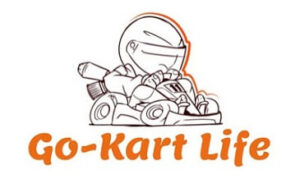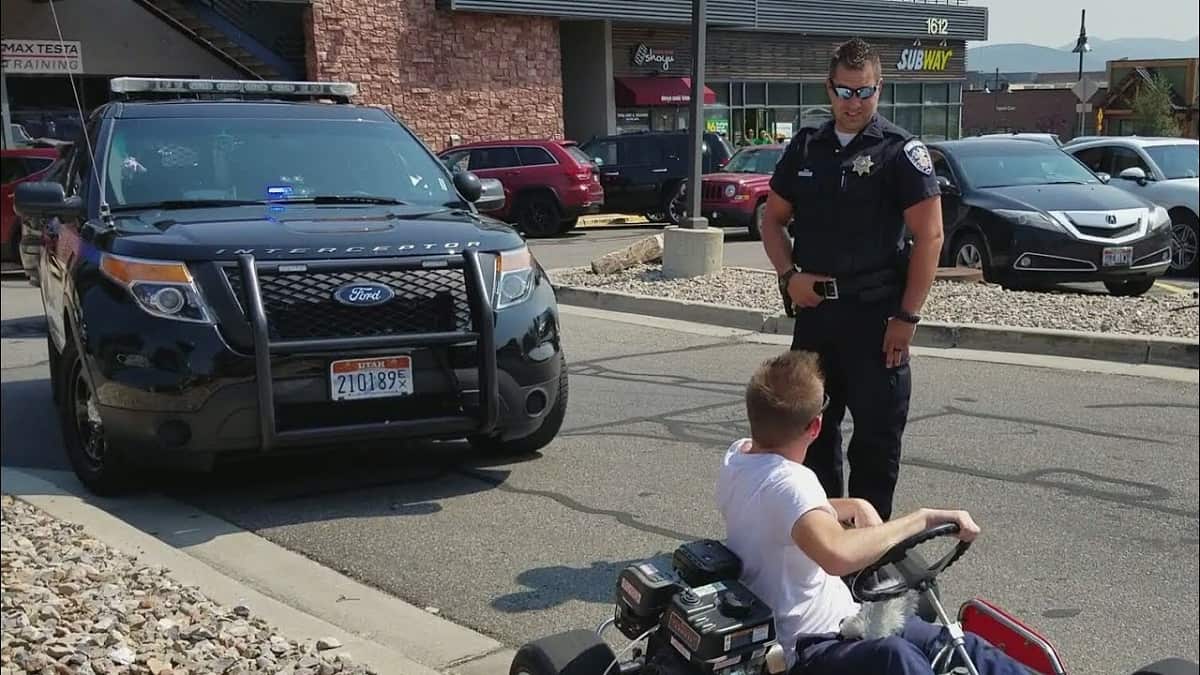Dreaming of cruising down the street in your souped-up go-kart? With some modifications and navigating regulations, that dream could become a reality. However, it’s not as simple as bolting on some lights. Converting go-karts for legal street use varies widely by state and involves meeting strict safety guidelines.
This comprehensive guide covers everything you need to know, from federal standards to local permitting. We’ll outline required equipment upgrades, the registration process, costs, and more. Whether you’re looking to make your kid’s hand-me-down roadworthy or want to DIY a neighborhood-ready speedster, you’ve come to the right place. Buckle up and let’s get rolling on making that go-kart street legal!
Are Go-Karts Street Legal?
Go-karts are small recreational vehicles often used for racing or enjoyment on private property or designated tracks. However, go-karts are typically not street legal to operate on public roads by default.
There are a few ways go-karts can potentially be made street-legal:
Related Article: Best Street-Legal Go-Karts You Can Buy
Federal Guidelines
At the federal level, go-karts made street legal are typically classified as Low Speed Vehicles (LSVs) rather than regular passenger vehicles. For LSV classification, the National Highway Traffic Safety Administration (NHTSA) has outlined safety standards including:
- Maximum speed less than 35 mph
- Safety equipment like seat belts, lighting, mirrors, etc.
- Vehicle structure requirements for crash protection
Additionally, go-karts may need to meet:
- EPA emissions standards for pollutant limits, especially in California
- DOT specifications for proper registration and licensing
However, federal guidelines only provide a baseline. Individual states and local jurisdictions can impose additional, more strict rules for go-karts to drive on public roads. Some states prohibit go-karts from being titled or registered as motor vehicles entirely.
State Requirements
In addition to federal standards, individual state motor vehicle departments can impose further regulations for registering go-karts as LSVs. Common state-level requirements include:
- DMV registration – Applying for an official title, license plates
- Mandated insurance minimums – Most states require liability coverage
- Vehicle safety inspections – Certifying roadworthiness
- Operator regulations – Driver’s license, age limits
- Equipment standards – Specific lighting, seat belts, etc.
For example, [State A] may allow registration of go-karts under 12 years old, while [State B] prohibits titling entirely. Always check state statutes before assuming local street use is possible.
Some key state-by-state factors on go-kart street legality:
| State | Go Kart Street Legality |
|---|---|
| California | Allowed as LSVs under strict equipment and operational rules |
| Florida | Allowed under certain classifications with restrictions |
| New York | Generally prohibited from road use except for rare permits |
Local Laws
Beyond federal and state regulations, local municipalities and counties may impose additional restrictions on registering go-karts for street use. These can include factors like:
- Local law enforcement approval: The police department may review safety aspects
- Special permits or restrictions: Certain roads, neighborhoods, or situations may prohibit go-karts even if registered as LSVs
- County/city registration: Separate step from state DMV process
For example, [City A] allows go-karts with up to 5 hp motors to be titled and registered for street use, while the neighboring [City B] bans them entirely on public roads.
Carefully check municipal and county laws in your area for any additional steps or outright go-kart prohibitions before assuming state LSV classification means unfettered street driving. Rules can vary drastically across town and county lines.
Related Article: Where Can I Drive My Go-Kart Legally
Necessary Modifications
Converting a go-kart into street-legal LSV status requires more than just bolting on some lights. Extensive safety and equipment upgrades are necessary to meet legal guidelines, for example:
Safety
- Seat belts
- Rearview + side mirrors
- Reflectors
- Horn
- Flags for increased visibility
Vehicle Components
- Brakes on at least 2 wheels
- Muffler + emissions equipment
- Steering system lock
- Speed governor limiting top speed
Lighting
- Headlights
- Brake lights
- Turn signals
- Reflectors
Structure
- Windshield + wipers if roof present
- Reinforced frame + roll bar
- Suspension enhancements
Controls
- Throttle interlock brake
- Parking brake
- Ignition switch
Modifying an existing go-kart can run $2,000-$4,000. Working with an experienced professional mechanic is highly recommended when undertaking such extensive equipment upgrades to meet legal street use standards.
Registration Process
Once all necessary equipment upgrades and modifications are complete, there are administrative steps required to officially register a go-kart as a legal street-usable LSV. Typical documentation and processes include:
- Obtaining a VIN: Since go-karts lack vehicle identification numbers, you’ll need to work with your DMV to assign a valid VIN.
- Title application: Applying for an official vehicle title with LSV classification.
- License plates: Registering the go-kart and obtaining physical plates/registration stickers.
- Inspections: Arranging verification inspections to certify roadworthiness.
- Insurance: Showing proof of state-required minimum liability coverage.
- Fees: Paying all registration, licensing, and plate fees. Can range from $100-$500+ depending on location.
- Renewals: Repeating process regularly to keep registration updated. Timeframes vary.
While state laws outline the registration process, don’t forget to verify procedures with local county/city DMV offices as well. Municipalities can have extra documentation or inspection requirements.
Related Article: Do Go-Karts Have Titles?
Cost Considerations
Converting a go-kart into a legally registered LSV represents a significant investment in time and money. Major cost categories include:
- Parts and Equipment: Buying all required upgrades like lighting kits, governors, mirrors, seat belts, brakes, mufflers, etc. Can easily run $2,000 – $4,000+.
- Fees: State and local registration, licensing, titling, and plate fees. $100-$500 depending on location.
- Insurance: Annual liability coverage to meet state minimums. Varies based on age and location but figures $500+ per year.
- Professional Help: Mechanic shop service for extensive modifications unless you are very DIY capable. Labor fees add up fast.
- Renewal Costs: Repeat expenses annually for license renewals, updated registration, inspections, etc.
While specific costs vary, registering and outfitting a go-kart for street use requires an initial and ongoing investment. Review budgets carefully before committing. DIY mechanics can save on labor but may take more time.
Conclusion
Converting a go-kart into a legally registered, street-legal LSV is indeed possible but involves extensive safety modifications, paperwork, and costs. Key steps include:
- Researching federal, state, and local laws to understand requirements
- Outfitting the go-kart with necessary upgrades like lighting, governors, seat belts, brakes, and more
- Going through DMV registration and plating process
- Arranging inspections to certify roadworthiness
- Showing proof of insurance
- Renewing paperwork regularly
While permitted in some areas, go-karts can still pose safety risks on public roads, even when legal. Restrictions may also apply like low speed limits or certain roads prohibiting operation.
Carefully considering all regulations and expenses is critical before undertaking such a major go-kart conversion project. When done properly, you can cruise the neighborhood in style – just watch your speed!

Rob Peeters has eight years of news industry experience, notably in sports journalism with a focus on motorsports. Transitioning from print to digital, he now excels as a digital editor at WTHR-TV and contributes to GoKartLife.com. His expertise includes SEO, social media, and content production.


